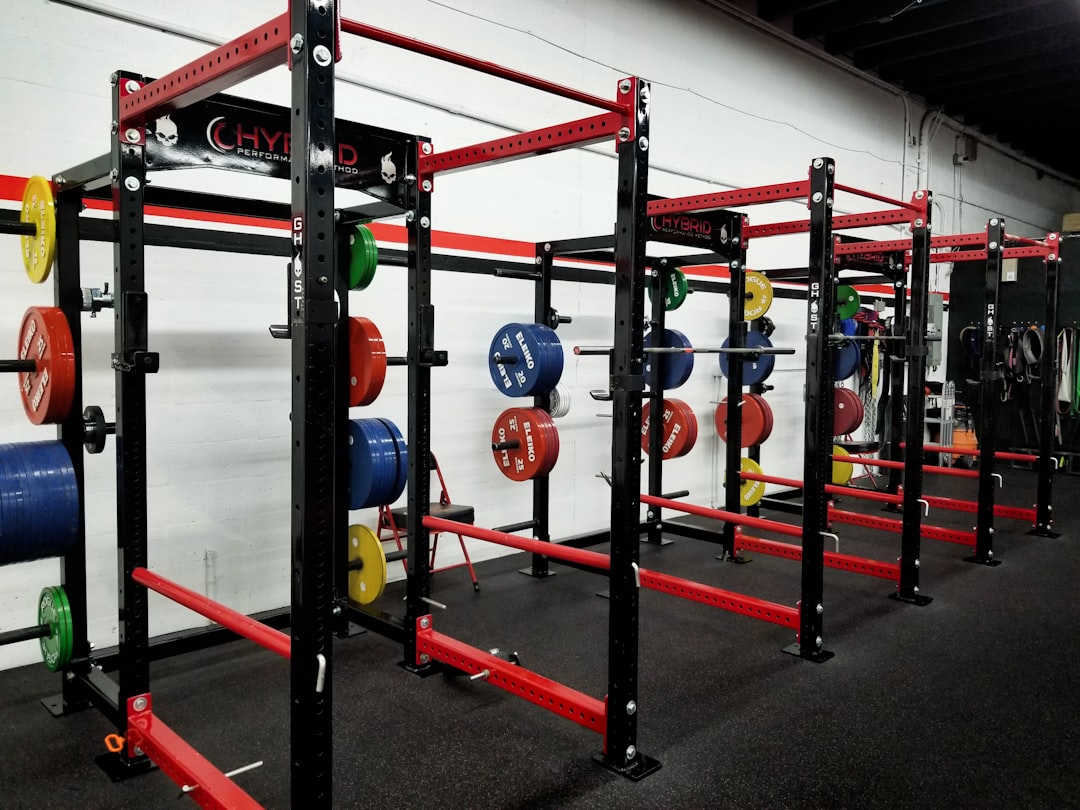What is it about?
The developed reflectocardiography protocol is significantly improved over the already known methods, as it does not require any complicated devices to monitor the cardiac activity, rather it simply relies on the tracking of the image of a stationary object/light source and does not require any sophisticated handling of the setup and is a big step toward the development of point-of-care cardiac activity monitoring devices. This work would be of immense interest to healthcare professionals, biomedical engineers, and scientists working toward the goal of a sustainable healthcare infrastructure development in low-income and middle-income countries worldwide. This method can even be effective while the subject is wearing the clothes. This proposed RCG protocol employs a leadless method to detect the cardiac activities with a capability to measure the same while the subject is wearing the clothes. This is a significant advantage over the ECG and can be suitable to be employed in special cases where sticking the electrodes to the skin is not feasible, e.g., burn patients. It is expected to support and, in special cases, even replace the conventional methods (e.g., ECG) to monitor cardiac activities. If this method is translated into a finished product, it could be utilized by people suffering with cardiac ailments in their homes without any special medical help. It could also be utilized by health insurance companies and various corporates alike, to minimize the health insurance costs incurred due to undetected illnesses with minimum expenditure.
Featured Image

Photo by Robina Weermeijer on Unsplash
Why is it important?
In absence of any complex measuring instruments to detect xardiac rhythm, this method would be helpful in detecting the cardiac rhythm anywhere, anytime by anyone.
Read the Original
This page is a summary of: Reflectocardiography (RCG): A leadless, optical reflection based facile measurement of human cardiac rhythm, AIP Advances, January 2022, American Institute of Physics,
DOI: 10.1063/5.0076791.
You can read the full text:
Contributors
The following have contributed to this page










